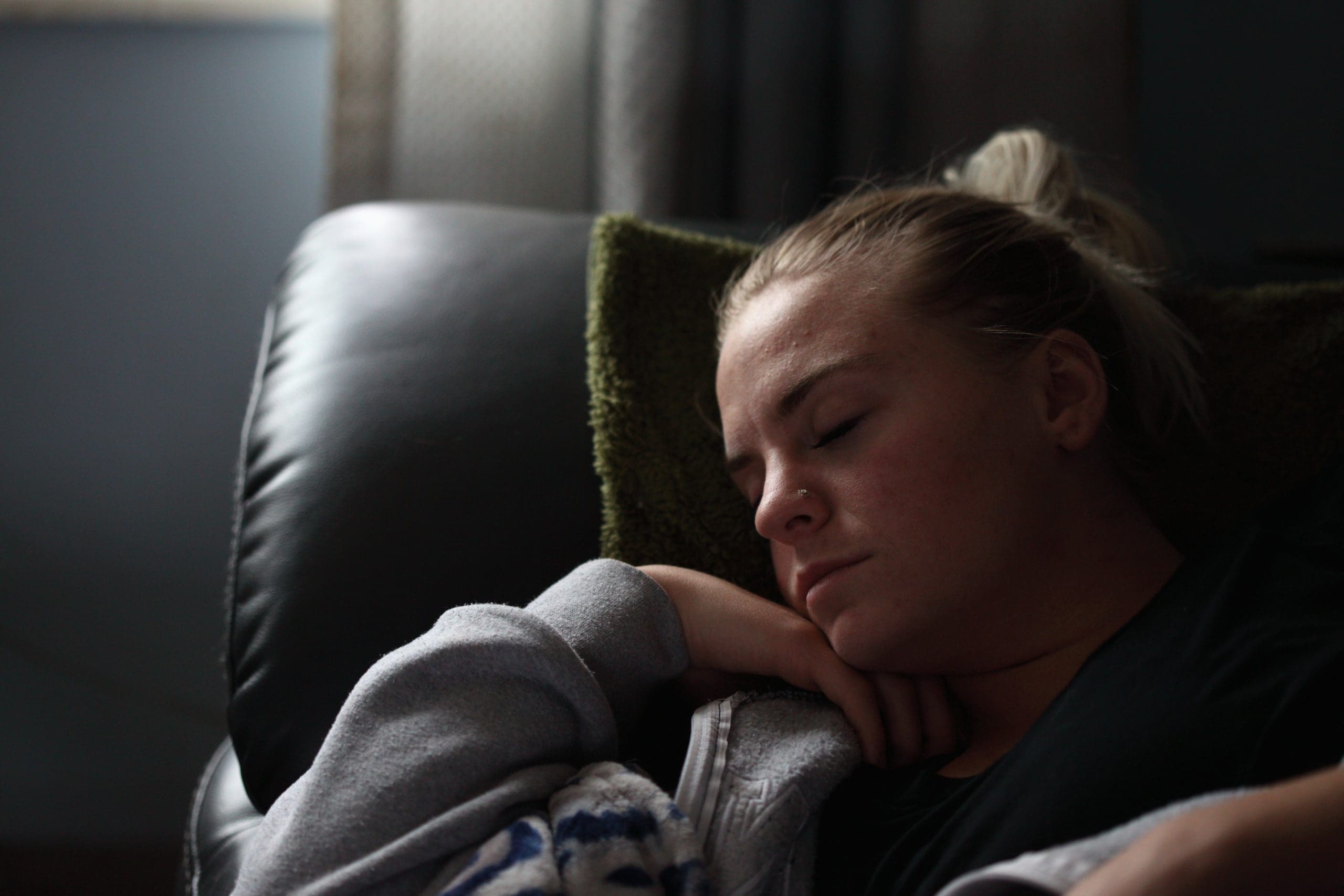Blackout blinds are drawn, lights and TV sets are switched off, visitors prepare to leave. Nurses put nonemergency procedures on hold and position themselves so they can monitor patients without awakening them.
It’s 2 P.M.—the start of a 2-hour quiet time in our 16-bed neurocritical care unit. The goal: to give patients a chance to sleep uninterrupted by care procedures, visitors, and excessive noise and light.
Sleep disruption ranks high among the many unpleasant conditions patients in intensive care units (ICUs) must endure. Poor sleep quality can elevate stress levels, cause ICU delirium, depress immune responses, prolong ventilator weaning, and impair wound healing.
How the ICU environment influences sleep
Ironically, nurses contribute to their patients’ sleepless state. Studies suggest that the frequent and repetitive nature of nursing care provided in ICUs leaves patients little chance to sleep and can cause chronic sleep deprivation.
Other environmental factors, such as excessive noise levels, interruptions, and light or visual stimulation, contribute to sleep disruption. Generally, noise falls into two categories—peak noise and background noise. Spikes in peak noise (as when a door is closed, a ventilator alarm sounds, or staff members talk loudly) are more likely to awaken a sleeping patient than steady, low-amplitude background noise (as from radios and TVs).
As for elevated light levels, one study found a significant link between low light levels and the likelihood of observing an ICU patient asleep. One theory holds that the ICU’s bright lights interfere with normal circadian rhythms, causing a sleep-pattern disturbance.
Benefits of a sleep protocol
The initial quiet-time study published in 2001 describes an intervention during which light, sound, and patient stimuli were reduced significantly for 2-hour periods twice daily; mean levels of light and sound were reduced from the levels normally occurring during the day and night shifts. The study found a significant increase in the likelihood of patients being asleep during quiet time, compared to before or after this time.
Nonetheless, patient rest or sleep protocols still aren’t in wide use in ICUs. In our informal benchmarking of ICUs in several major medical centers, we found such protocols virtually non-existent.
Quiet time in our unit
Our neurocritical care unit initiated a policy of twice-daily quiet times (once every 12-hour shift) in 1998. We use blackout blinds to lower ambient light to the lowest possible level. To minimize peak noise, we ban nonemergency procedures and tests as well as moving of heavy equipment (except when absolutely necessary). To reduce background noise, we turn TVs and radios off.
Optimizing the environment to promote sleep was a collaborative effort by care-team members. Once our unit decided to put quiet time in place, all team members collaborated in determining its duration, weighing our patients’ need for around-the-clock care against their need for rest. Ultimately, we settled on a maximum of 2 hours, because a longer period would force us to omit essential patient assessment and care. However, every unit needs to make its own decision based on the needs of its patient population. What’s right for our unit may not be right for yours.
During ICU orientation, new staff members receive education about sleep deprivation and are urged to think critically to determine if a proposed quiet-time interruption would be in the patients’ best interest. For instance, in what situations should one patient’s needs trump another’s? Certainly, if a patient suffers cardiac arrest, light and sound control take low priority. What about patients with dementia or phobia? Could a dark, quiet environment be detrimental to them? For many such questions, little or no research-based evidence exists; to find the best approach, we try to reach a team consensus.
Tips on implementing a sleep protocol
To implement a sleep protocol, traditional ICUs may have to overcome many challenges, including staff misconceptions. A strong educational plan that emphasizes the real and potential effects of sleep deprivation promotes staff buy-in and improves noise and light discipline. Team leaders dedicated to championing change must implement and maintain the standard of discipline.
To obtain family members’ buy-in and cooperation with quiet time, we recommend allowing open visitation and family participation in patient care. In our unit, family members generally view quiet time as beneficial because it promotes the patient’s recovery. (Similarly, one study found that most family members believe patients don’t get enough sleep in the ICU and that a sleep-promotion period aids healing.)
Hush now
Balancing a unit’s functionality against patient comfort can be a struggle. But once staff members see how quiet time benefits patients, they’ll begin to recognize that they can gain from it, too. Quiet time can reduce staff members’ stress levels by allowing them to catch up on charting, plan the rest of the day, and even take a short break.
To fully explore the effects of a quiet-time policy on patient outcomes will require more research. But our unit’s experience shows such a policy is feasible. Although sleep promotion protocols pose certain challenges, meeting these challenges can improve the quality of patients’ experiences, offsetting the potential adverse effects of their ICU stay.
.
Selected references
Honkus V. Sleep deprivation in critical care units. Crit Care Nurs Q. 2003;26(3):179-189, quiz 190-191.
Monsen M, Edell-Gustafsson U. Noise and sleep disturbance factors before and after implementation of a behavioural modification programme. Intensive Crit Care Nurs. 2005;21(4):208-219.
Olson D, Borel C, Laskowitz D, Moore D, McConnell E. Quiet time: a nursing intervention to promote sleep in neurocritical care units. Am J Crit Care. 2001;10(2):74-78.
Parthasarathy S, Tobin M. Sleep in the intensive care unit. Intensive Care Med. 2004;30(2):197-206.
Simpson T, Lee E, Cameron C. Patients’ perceptions of environmental factors that disturb sleep after cardiac surgery. Am J Crit Care. 1996;5(3):173-181.
For a complete list of selected references, visit www.AmericanNurseToday.com.
Kenneth J. King, BSN, RN, Noreen Halley, RN, and DaiWai M. Olson, BSN, RN, CCRN, are staff nurses in the Neurocritical Care Unit at Duke University Medical Center in Durham, NC.


















